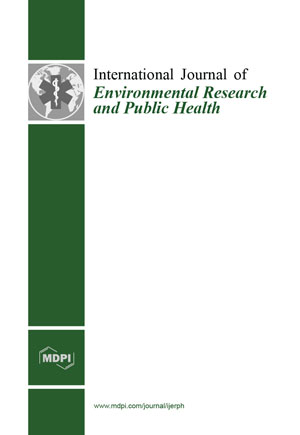PDF | International Journal of Environmental Research and Public Health. 14(6), pp.607-630, 2017.
Moran, M., Eizenberg, E., and Plaut, P
Abstract
The literature on environmental walkability to date has mainly focused on walking and related health outcomes. While previous studies suggest associations between walking and spatial knowledge, the associations between environmental walkability and spatial knowledge is yet to be explored. The current study addresses this lacuna in research by exploring children’s mental representations of their home-school (h–s) route, vis-à-vis objectively measured environmental attributes along the actual routes. Ninety-two children aged 10–12 years old (5th and 6th graders) drew sketch maps depicting their h–s route and drew the actual route on a neighborhood map, in addition to completing a brief survey. h–s routes went through Geographic Information Systems (GIS) analysis, yielding an en-route walkability index and its components. Children in traditional neighborhoods outperformed in the route’s orientation and structure, but not in the richness of the drawn maps. The orientation and structure of the drawn routes was related to objectively measured walkability, density, street connectivity and commercial land-uses along h–s routes. These associations remained significant among children who walked to school, but not among those who were driven to school. These findings highlight the importance of urban form and school travel mode in acquiring navigation skills and getting to know one’s neighborhood.
